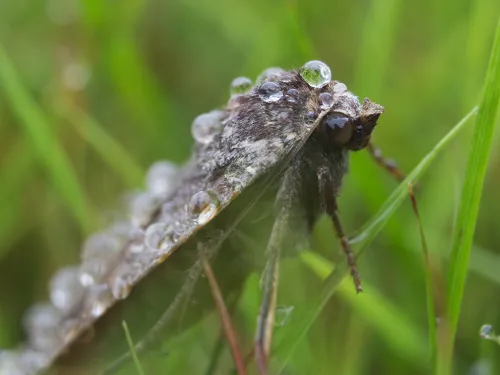
Large yellow underwing
Found almost everywhere, the large yellow underwing is a night-flying moth that is often attracted to lights. It is brown with orangey-yellow hindwings.
Want to learn more about wildlife near you? You're in the right place, search below and discover the nature you can help protect in Kent.

Found almost everywhere, the large yellow underwing is a night-flying moth that is often attracted to lights. It is brown with orangey-yellow hindwings.
A scarce tree of England and Wales, the Large-leaved lime is the rarest of our native limes. It is tall and broad, and can be found in forests and parks, where it is frequently planted.
The Lawson cypress is a large, conical-shaped, evergreen tree that has been introduced into the UK and widely planted in gardens and parks. It has also naturalised along damp banks and woodland edges.
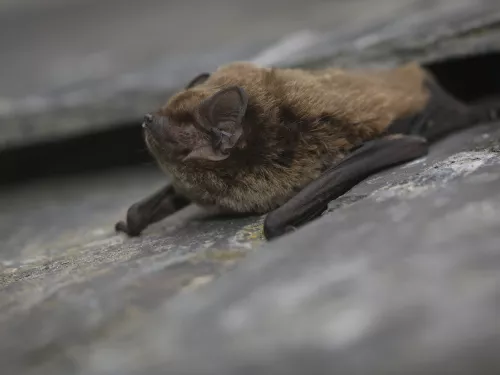
The Leisler's bat flies fast and high near the treetops, but you might also spot it flying around lamp posts, looking for insects attracted to the light.
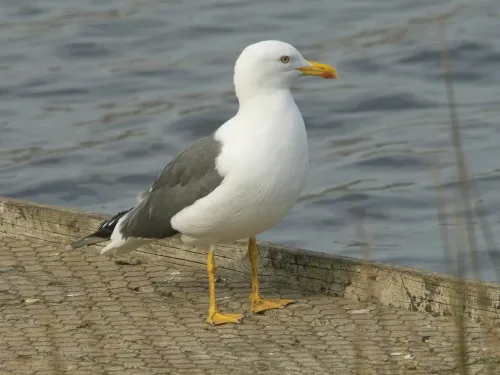
The lesser-black backed gull can be spotted around the coast in summer, with the biggest colony on Walney Island, Cumbria. Look for it over fields, landfill sites and reservoirs during winter.
Heralding spring, a carpet of sunshine-yellow lesser celandine flowers is a joy to see on a woodland walk. Look out for it along hedgerows, in parks and even in graveyards, too, from March onwards.
Often overlooked, Lesser centaury is a tiny plant of grassy, open habitats like dunes, cliffs, heaths and grasslands. As its name suggests, it is much smaller than its relative, Common centaury.
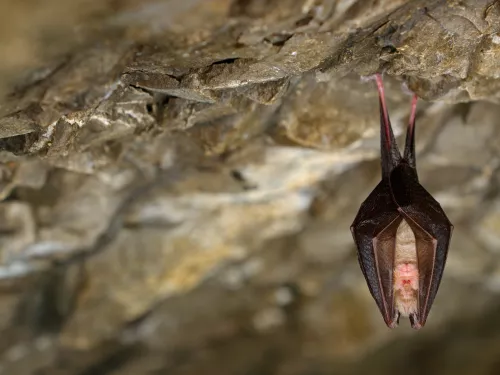
The lesser horseshoe bat was once a cave-dweller, but now tends to roost in old buildings, such as stables and barns. It is rare in the UK and, like many other bats, declining in number.
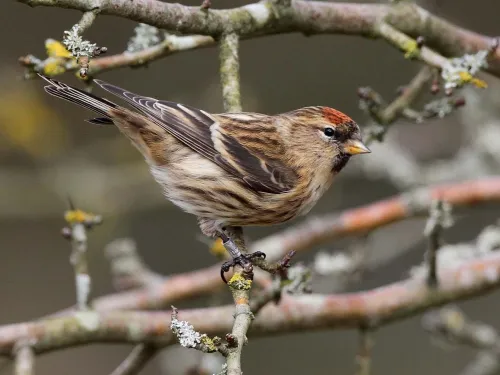
Traditionally a small finch of woodland and scrub, it appears that the lesser redpoll is now moving into our gardens. It has a streaky brown body, red forehead and black bib, and mostly feeds on seeds.
Traditionally a coastal species, Lesser sea-spurrey has spread inland, taking advantage of the winter-salting of our roads. Its pink-and-white flowers bloom in summer.
So-named for its spear-like leaves, Lesser spearwort can be found along the edges of ponds, lakes and streams, and in marshes and wet meadows. As a buttercup, it displays familiar, butter-yellow flowers.
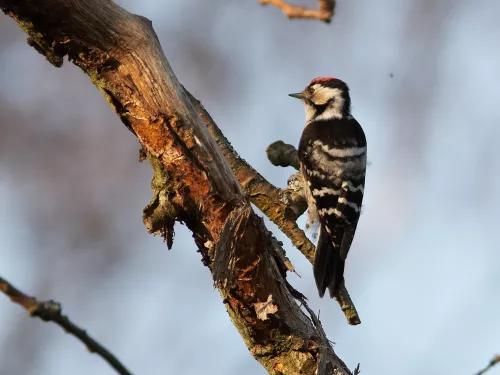
The lesser spotted woodpecker is the smallest of the UK's woodpeckers. Listen out for its drumming, which is quieter than that of the great spotted woodpecker, in woodland, parks , orchards and gardens.